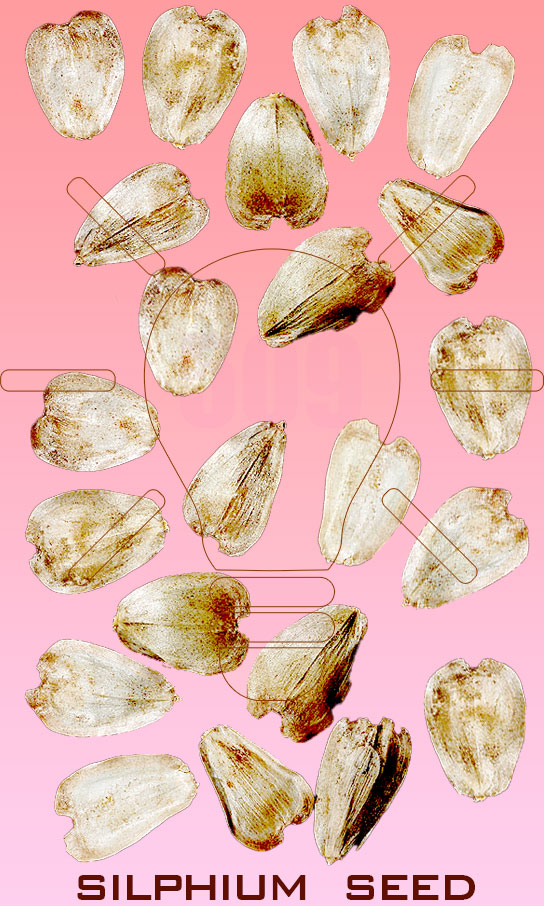The heart shape graphic is an instantly recognizable symbol that holds a significant place in our cultural lexicon. It is a universal emblem of love, affection, and compassion. From greeting cards to jewelry, the heart shape is ubiquitous, but have you ever wondered about its origins and the deeper meaning behind its symbolism? In this article, we delve into the fascinating history, interpretations, and enduring appeal of the heart shape graphic.
Table of Contents
Ancient Symbolism

The association of the heart with love and emotion dates back thousands of years. However, the heart shape graphic as we know it today did not originate from an anatomical heart. Some theories suggest that the silhouette of the heart shape can be traced back to the ancient city of Cyrene in North Africa, where a rare plant known as “silphium” grew. This plant had heart-shaped seeds, and it was highly valued for its use as a herbal contraceptive. The silphium seed became associated with reproduction and love, eventually evolving into the symbol we recognize today.
Religious and Spiritual Significance
Over time, the heart shape took on religious and spiritual connotations. In Christianity, the heart has been linked to the sacred heart of Jesus, representing divine love and compassion. It became a visual representation of God’s love for humanity. The heart symbol also holds significance in other faiths, such as Hinduism and Buddhism, representing the seat of emotions, spiritual devotion, and the pursuit of enlightenment.
Romantic Love and Affection
During the Middle Ages, the heart shape graphic gained popularity as a symbol of romantic love. It was depicted in medieval manuscripts and art, often associated with the concept of courtly love. The heart shape became synonymous with chivalry and the ideals of love, capturing the imaginations of poets and artists alike.
The Renaissance Period
The heart shape experienced a surge in popularity during the Renaissance, as artists sought to depict emotions and innermost feelings through their work. The heart shape graphic became a recurring motif in paintings and sculptures, representing the complexities of love, desire, and longing. The famous Italian artist, Sandro Botticelli, prominently featured the heart shape in his masterpieces, further solidifying its cultural significance.
Commercialization and Mass Appeal

In the modern era, the heart shape graphic has become deeply entrenched in popular culture. It is now one of the most widely recognized symbols across the globe, representing love, affection, and unity. Its versatile nature allows it to transcend language and cultural barriers. The heart shape is emblazoned on countless products, from Valentine’s Day cards and wedding rings to clothing and accessories, serving as a universal signifier of love and sentimentality.
Beyond Romantic Love
While the heart shape graphic is often associated with romantic love, its meaning has expanded to encompass various forms of love and emotions. It represents the love shared between family members, friends, and even oneself. The heart shape has also become synonymous with acts of kindness, empathy, and compassion, reminding us of the importance of connecting with others and nurturing our emotional well-being.
Conclusion
The heart shape graphic has a rich and captivating history, deeply intertwined with our collective understanding of love, emotions, and spirituality. Its enduring appeal lies in its ability to evoke powerful emotions and serve as a visual shorthand for affection and compassion. Whether adorning a cherished piece of jewelry or appearing as a simple doodle on a notepad, the heart shape remains an enduring symbol that transcends time, culture, and boundaries, continuing to inspire and uplift the human spirit.
Author
Stay connected for new publications, events, and more.







More Stories
Le pape Léon XIV : un pontife historique qui jette un pont entre les continents et les cultures
What Happens When a Pope Dies
Le Prix de la Liberté : 17 Avril 1825, une Ordonnance Injuste. Déclaration de Macron